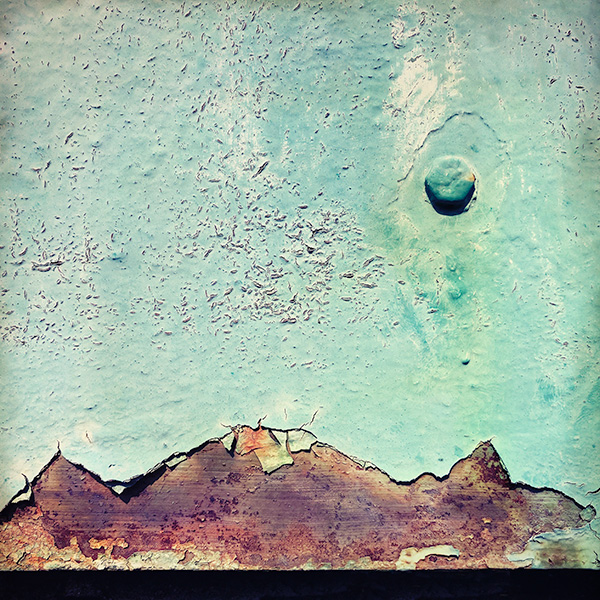Simplification / Zjednodušování
Part One: There is a reality around us. We can see it with our eyes.
Part Two: The creator of the future work of art (author, in our case a photographer) is in a specific place in this space and needs to express himself. Create a message for others. Here and Now.
Part Three: The author uses a special device to preserve an image of the surrounding world into the light-sensitive layer of the selected medium. The artist can influence the form in which the image is initially preserved by the type of device and media. The content of the image is affected by the location of the shooting, the angle of view, and the shooting direction.
Part Four: The author creates a final presentation of this message. The final form of future impact on the viewer. With the help of post-production, he can still partially influence the content. Anyway, he’s creating a form of the message right now!
Part Five: The author or someone else presents the work to the audience. The message is consumed. Internet, personal meetings, e-mail, social networks, gallery, exhibition hall, street.
Two principles
The painter is standing in front of an empty canvas and gradually ADDS more and more objects to his work. With or without connection with the reality around him.
The photographer is looking into the viewfinder of his camera and gradually REMOVES more and more objects from the picture. In connection with the reality around him.



Another landscape of imagination has just been found:

Find the object of interest. Choose the right camera and lens. Find the optimal place – exclude all irrelevant things and give the remaining ones a composition limited only by the media format. Set the correct exposure values and other parameters. And then to press the shutter button.
Východisko
Díl první: fotony (nebo co to vlastně lítá kolem nás) způsobují, že na sítnici oka vnímáme naše okolí. Existuje tedy kolem nás určitá realita.
Díl druhý: tvůrce budoucího výtvarného díla (neboli autor, v našem případě fotograf) se nachází na konkrétním místě v tomto prostoru a má potřebu se určitým způsobem vyjádřit. Vytvořit sdělení, pomocí kterého chce oslovit budoucí adresáty svých pocitů, nálad a vidění. Tady a teď.
Díl třetí: autor pomocí snímacího zařízení zakonzervuje na světlo-citlivou vrstvu vybraného média obraz okolního světa. Fotony vytvoří dvourozměrný otisk skutečnosti. Autor může typem zařízení a média ovlivnit formu, v jaké se fotografie prvotně uchová. Obsah ovlivňuje především výběr stanoviště, úhel záběru a směr snímání.
Díl čtvrtý: autor vytváří prezentaci sdělení. Jak bude působit na diváka. Pomocí post-produkce může ještě částečně ovlivnit i obsah. Zásadně však ovlivňuje a vytváří formu sdělení!
Díl pátý: autor nebo někdo jiný předkládá dílo divákům. Dochází ke konzumaci sdělení. Internet, osobní setkání, dopis, e-mail, sociální sítě, galerie, výstavní síň, ulice.
Dva principy
Malíř stojí před prázdným bílým plátnem a postupně do svého díla PŘIDÁVÁ další a další objekty. Nezávisle na okolní realitě.
Fotograf se kouká do hledáčku svého fotoaparátu a postupně ze své fotografie UBÍRÁ další a další objekty, které ho obklopují.



Další krajina imaginace byla právě nalezena:

Najít si objekt zájmu. Zvolit techniku – fotoaparát, objektiv. Najít si optimální místo – vyloučit všechny nepodstatné věci a těm, které zbyly, dát kompoziční řád omezený pouze formátem média. Nastavit správné hodnoty expozice a dalších parametrů snímku. A pak už stačí jen zmáčknout spoušť.
Jak říká Josef Koudelka:
Kompozice je to, co vidíte. A to, co nevidíte, ji dává tu správnou hodnotu.
Tohle všechno pro mě znamená slovo „tvorba“.

Michale, jak jednoduché a přitom pravdivé. Fotograf by měl hledat téma, námět a sdělit ho po svém všem ostatním. Také jednoduše řečeno. Ale to hledání sama sebe je to nejsložitější. Díky za hezký článek.
Michale, krásné zamyšlení nad tvorbou … v tomto případě … nad tvorbou fotografie.
Jak již napsal kolega v prvním příspěvku. Najít sebe sama je často opravdu problém. A když už se fotograf “najde”, měl by to fotografií sdělit ostatním.. Prima článek Michale!
Díky všem za milá slova! Jsem rád, že se tohle povídání líbí.